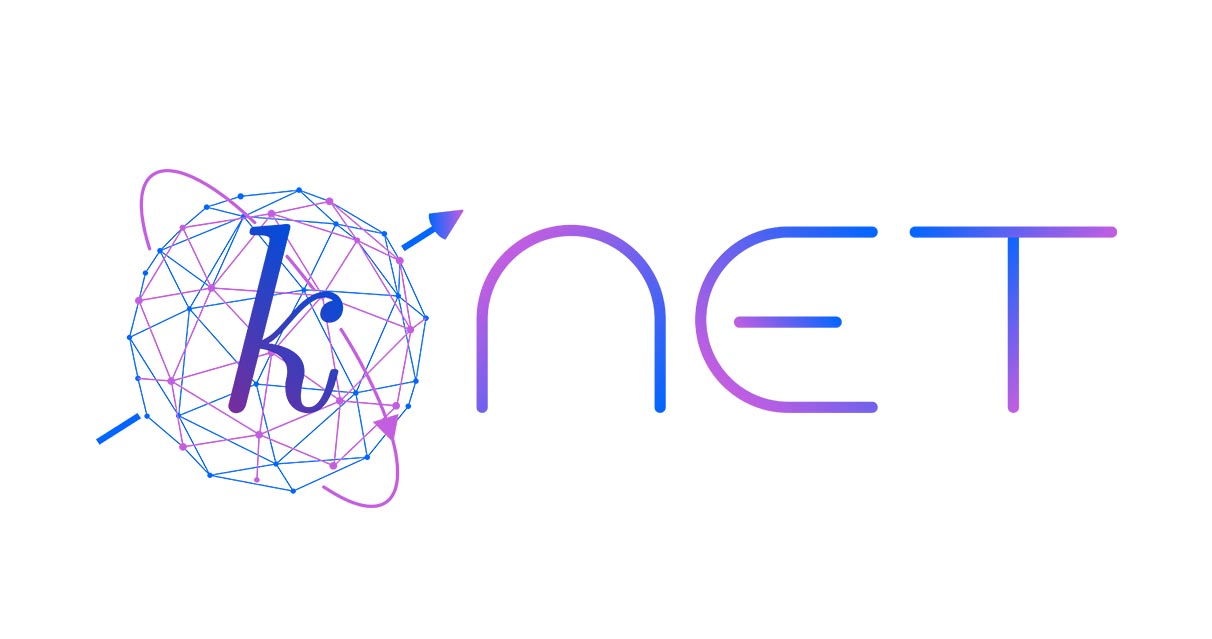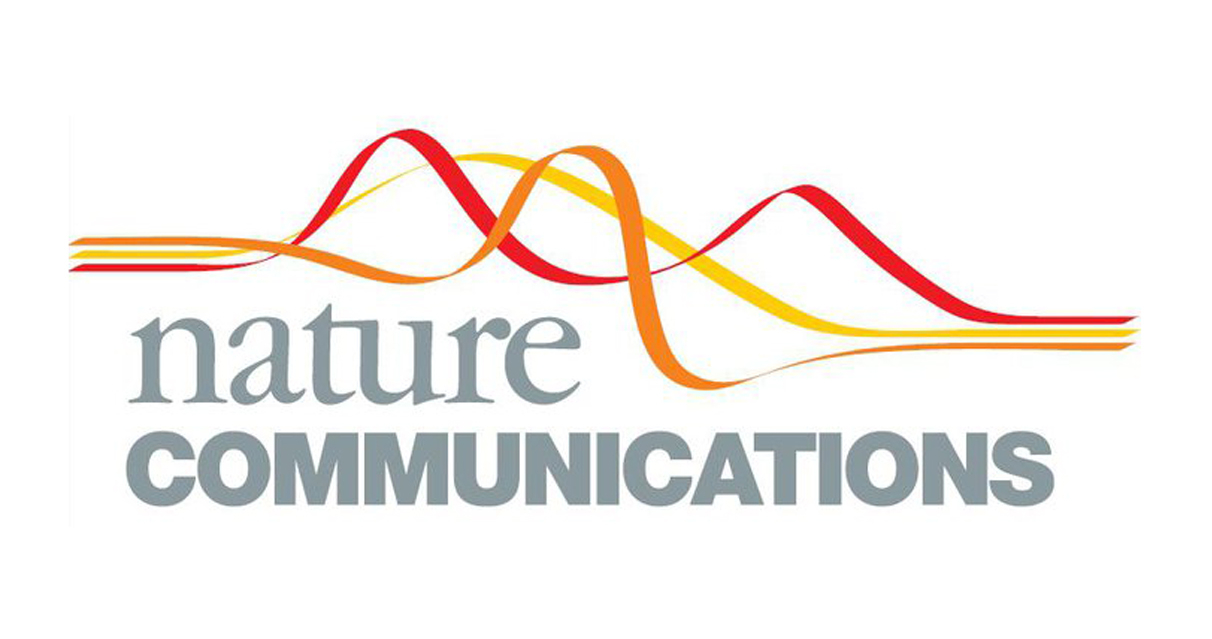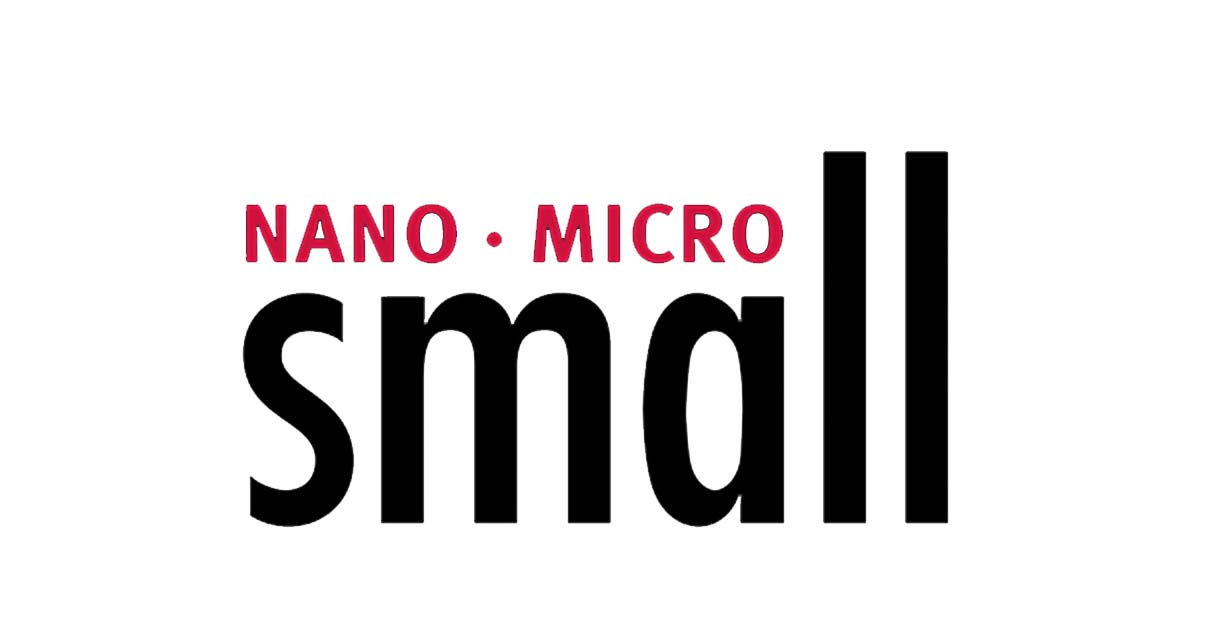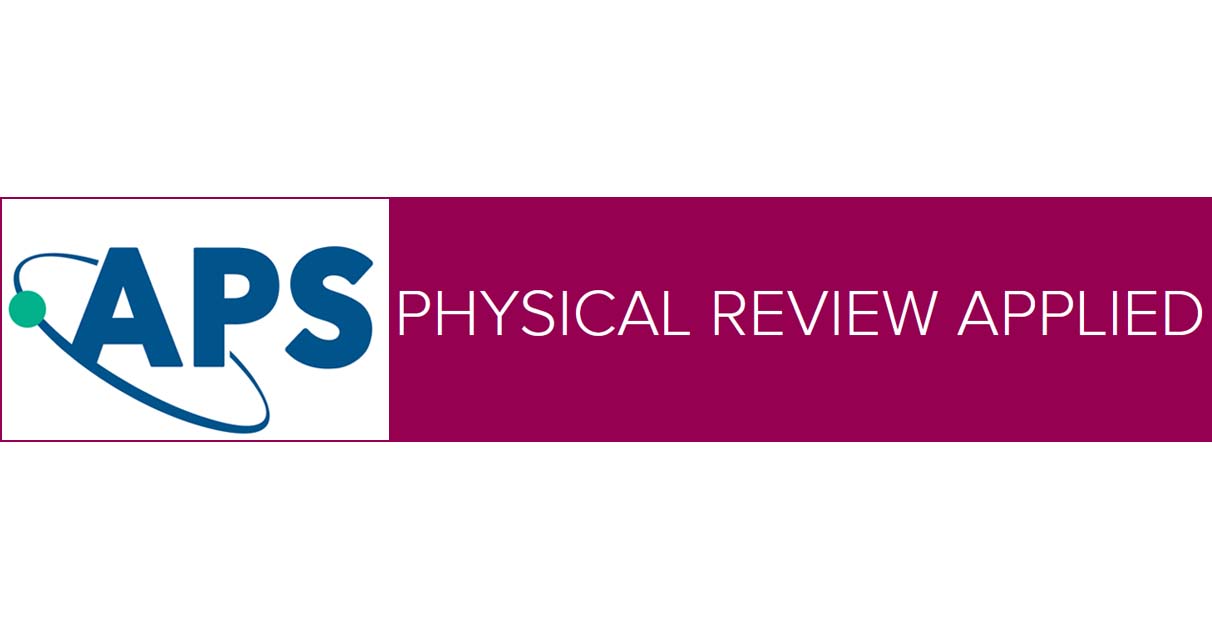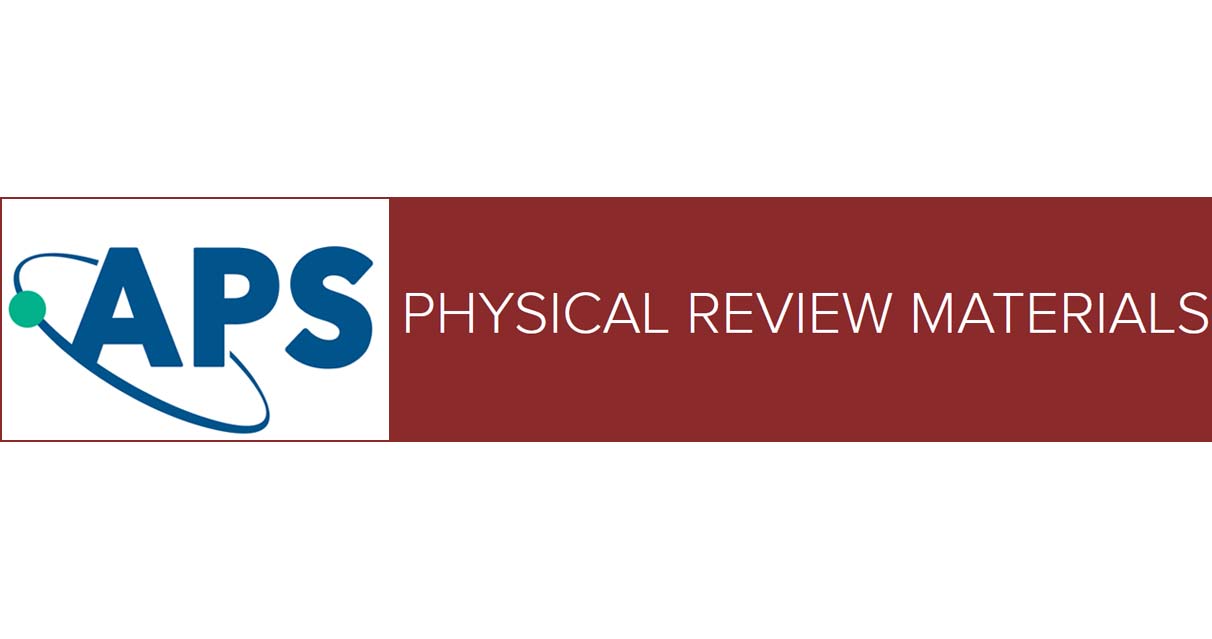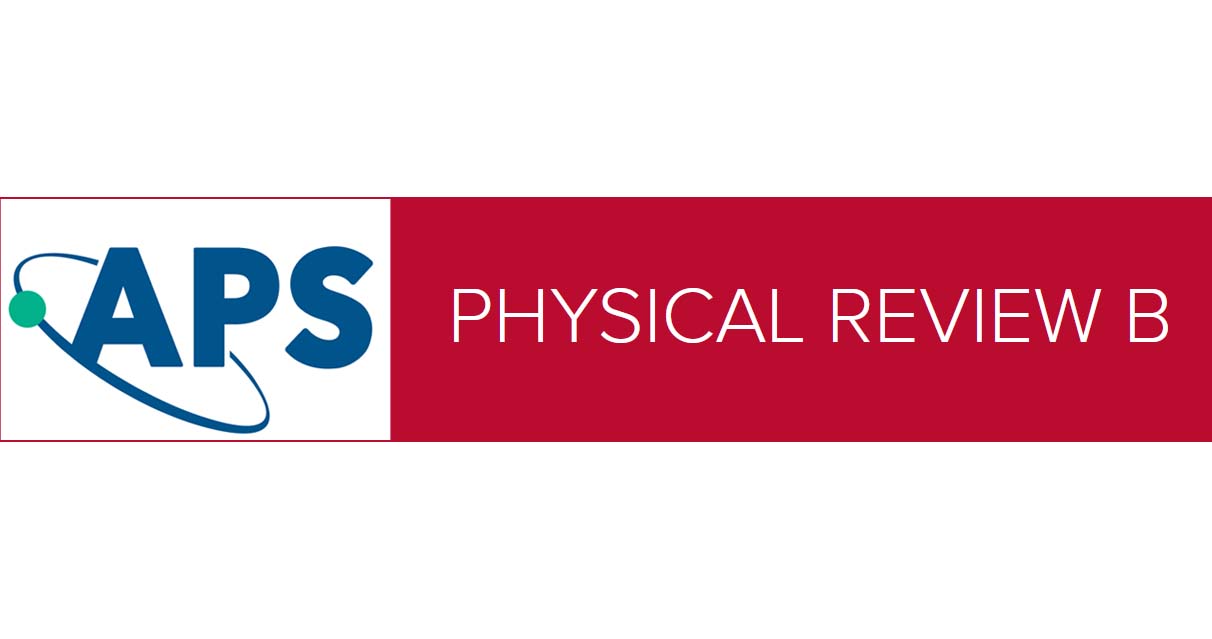The project in a nutshell:
7 Top Research Institutions
3,036,001.25 Contribution by the European Commission
About 30 researchers involved
A 42 months effort (January 2021 → June 2024)
Artificial neural networks represent a key component of neuro-inspired computing for non-Boolean computational tasks. They emulate the brain by using nonlinear elements acting as neurons that are interconnected through artificial synapses. However, such physical implementations face two major challenges. First, interconnectivity is often constrained because of limits in lithography techniques and circuit architecture design; connections are limited to 100s, compared with 10000s in the human brain. Second, changing the weight of these individual interconnects dynamically requires additional memory elements attached to these links.
Here, we propose an innovative architecture to circumvent these issues. It is based on the idea that dynamical hyperconnectivity can be implemented not in real space but in reciprocal or k-space. To demonstrate this novel approach we have selected ferromagnetic nanostructures in which populations of spin waves – the elementary excitations – play the role of neurons. The key feature of magnetization dynamics is its strong nonlinearity, which, when coupled with external stimuli like applied fields and currents, translates into two useful features: (i) nonlinear interactions through exchange and dipoledipole interactions couple potentially all spin wave modes together, thereby creating high connectivity; (ii) the strength of the coupling depends on the population of each k mode, thereby allowing for synaptic weights to be modified dynamically. The breakthrough concept here is that real-space interconnections are not necessary to achieve hyper-connectivity or reconfigurable synaptic weights.
The final goal is to provide a proof-of-concept of a k-space neural network based on interacting spin waves in low-loss materials such as yttrium iron garnet (YIG). The relevant spin wave eigenmodes are in the GHz range and can be accessed by microwave fields and spin-orbit torques to achieve k-space Neural computation with magnEtic exciTations.
Latest Publications


